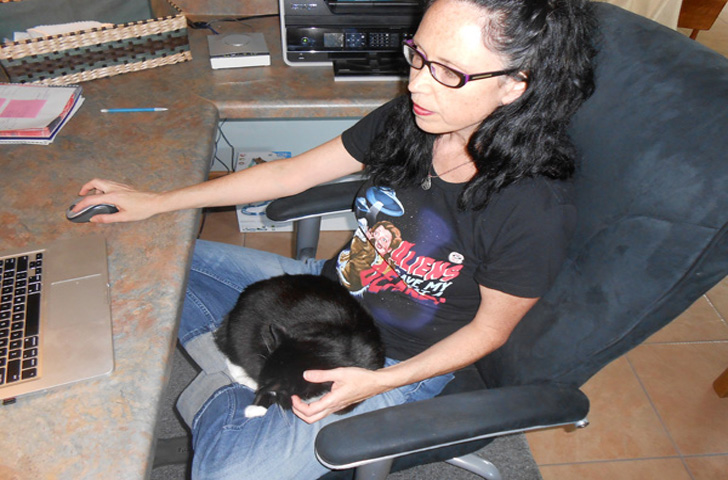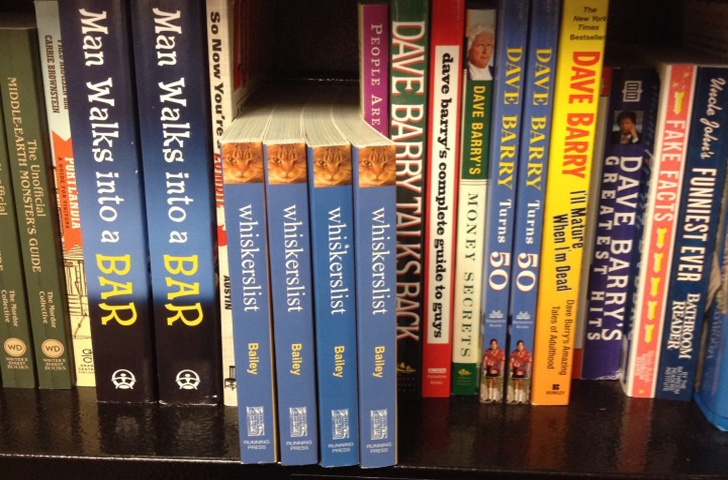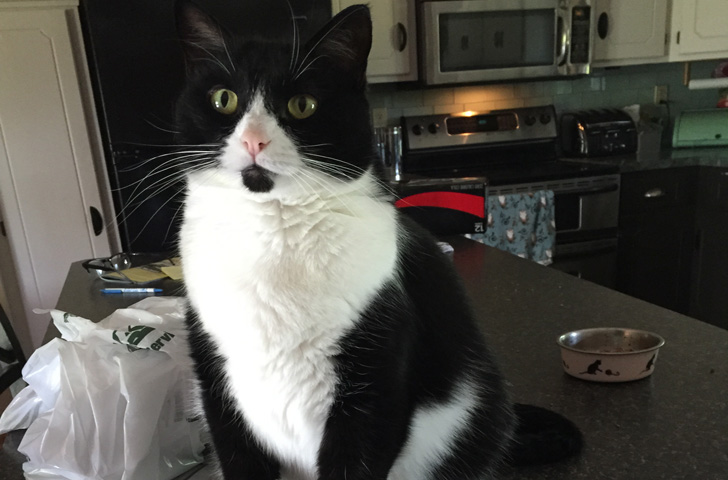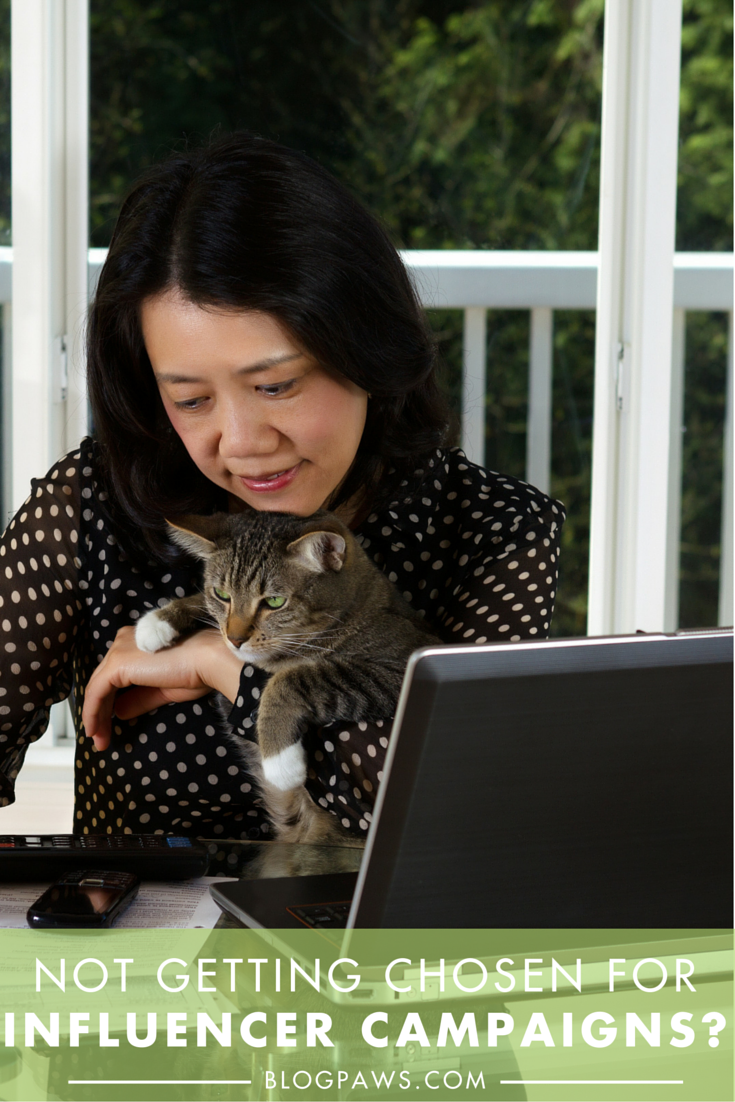Blog to Book: Writing a Nonfiction Book Proposal
Guest post by Angie Bailey
Welcome to the third installment of the four-part blog-to-book series! We’ve already covered the importance of building a platform and networking with other professionals, and now it’s time to go to town on your proposal that will hopefully hit the desk of an editor or agent who adores your idea!
I’d commented in previous posts, but will mention again that my experience is with nonfiction books that were traditionally published. I work with a literary agent, although it’s definitely not necessary to partner with one in order to land a book deal.
The thought of proposal writing can feel a bit daunting. I remember when I was preparing to write my Whiskerslist: The Kitty Classifieds proposal, I felt overwhelmed, but soon found my footing. I started by studying sample proposals from other writers. Additionally, I scoured the Internet for tips, as well as dos and don’ts. I took lots of notes. Yes, I’m one of those who still use the heck out of a spiral-bound notebook. I also hoard purple pens.
I’m a lover of lists and categories. It totally makes my day when I can put something – anything – in order. I felt a mild sense of relief when I found that nonfiction book proposals are broken into sections. I can do sections!
Although there can be variances, here are the main categories in a nonfiction proposal, along with some commentary from our pal Mittens from Texts from Mittens . Of course, he always has at least two cents to add, although I’m not sure sure how practical those cents are.
Overview: This is where you sell the book. Express what will make your book stand apart from the rest, and why you’re the perfect person to write it. Do your best to keep it concise, tight and persuasive.
Mittens: This part is monumentally important because when you sell your book, you can afford to buy fancier treats for your pet. Seriously, we’re your true muses and are responsible for all your successes. It’s OK – you can admit it. #rewardus
Competition: I spent most of my proposal-writing time on this section. Head to the bookstore and hop online to find a few books (I used six or seven) that are similar to your book. In this section, you’ll show how your book will be more unique than the others in the same category.
Mittens: I would like to be in a competitive liver-treat-eating contest. #booya
Market: Who’s going to buy your book? This is where you’ll want to mention reader engagement on your blog, as social media numbers. When I wrote Texts from Mittens, this worked in my favor because I’d already developed a nice following.
Mittens: Who’s going to the market? That reminds me – I need some new new food. Preferably something with “gravy” in the name. Biography: This is you! Concisely and professionally, show how your experience and expertise make you the ideal author of the book.
Biography: This is you! Concisely and professionally, show how your experience and expertise make you the ideal author of the book.
Mittens: You humans think it’s all about you, don’t you? #wrong
Projected length and date of delivery: For me, this was a guess for both of my books. Because they were humor books, they weren’t especially lengthy – each averaged 200 pages. If you want some guidance in this area, look at books that are similar to yours, and go with an average number of pages. You won’t be held to this number, so don’t worry about it being set in stone. The editor or agent will simply want an idea. As far as delivery date, that will differ from book to book. If you already have a nice chunk of it completed, your date might be sooner than if you’re basically starting from scratch.
Mittens: Date of delivery? Is UPS coming? How many boxes can I expect?
Sample chapters: Since my book didn’t have chapters, I included about ten sample pages. Even though you may not have officially started writing the book, you’ll at least need the sample pages.
Mittens: Are these like free food samples? Like the kind humans are always getting from Costco? I think this is my favorite section.
Once the proposal is completed, I highly recommend asking at least two professionals to proofread it; however, do not ask a cat, even if they’re persuasive. This is going to be an agent’s or editor’s first impression of your work, so attention to detail is vital. Cats will probably just want to sleep on top of your proposal, which is no help at all.
Once you’re sure your proposal is all buttoned up, it’s time to give it a good-luck kiss (I really do this), and drop it in the mail to the editors and agents you’ve identified as recipients. A good way to identify these people is by looking at the publishers of the books that are similar to yours, and then looking up the editor’s contact information in a book like Writer’s Market. Send your proposal in a large envelope (don’t fold it), and address it to the specific editor or agent you’ve targeted.
This is all very general, but I hope Mittens and I have provided you with enough to take some of the fear out of writing a nonfiction proposal and inspire you to get started on one of your own!
Angie Bailey is an award-winning author, blogger and humorist. She wrote Texts from Mittens and Whiskerslist: The Kitty Classifieds, and created the Catladyland and Texts from Mittens blogs.




